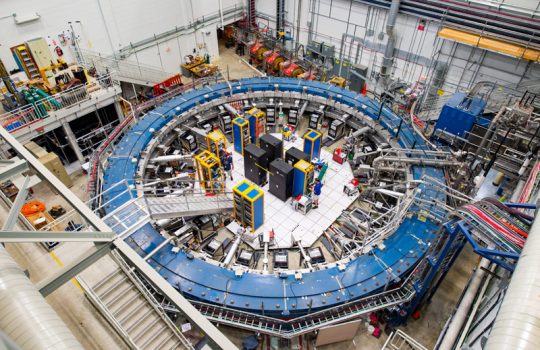The extraordinary precision
From the Observador (Portugal), April 18, 2021: The Muon g-2 experiment confirmed a small discrepancy previously detected between the measured values and those calculated by the most advanced theory we have with the probability that this measure is a statistical error is 1 in 100,000.

